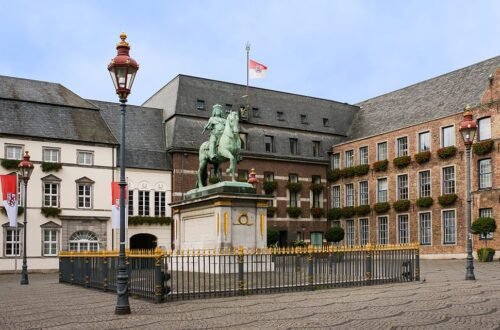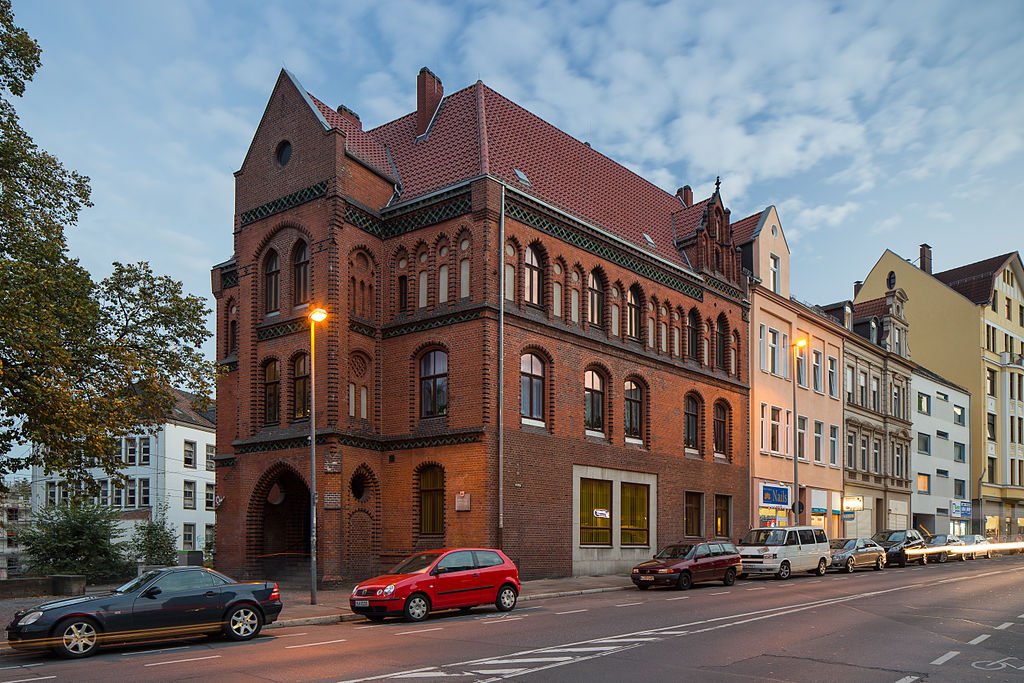
15 Best Things to See in Hanover (Germany)
The capital of Lower Saxony is a university city with a thriving economy that formerly housed an Imperial Electorate. The royal line, the House of Hanover, offered this city magnificent buildings like the Herrenhäuser Gardens, as well as three kings for the United Kingdom. The main historical draw of Hanover is still its patchwork of regal parks and palaces. The Maschsee, a man-made lake with green shores where a significant festival is held in August, is situated in the centre of Hanover. It is twice as large as New York’s Central Park. There are numerous significant events that take place in Hanover during the summer, including the Maschseefest and an international fireworks competition. Let’s examine the top activities in Hanover:
New Town Hall (Neues Rathaus)
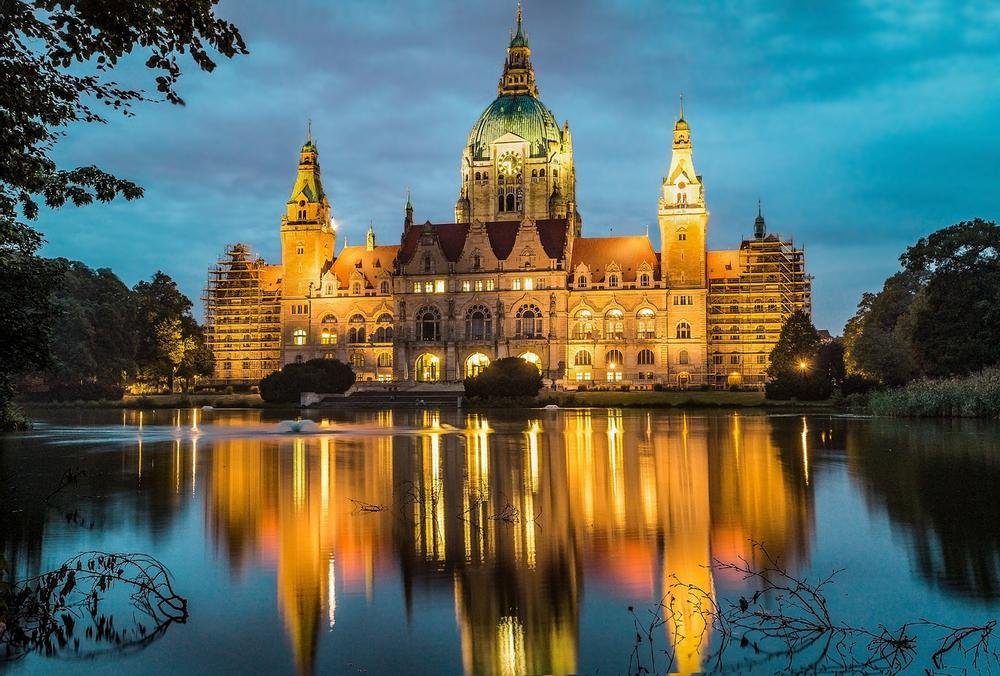
The opulent New Town Hall in Hanover was constructed at the turn of the 20th century in a dramatic Historicist design. The New Town Hall seems more like a palace than a government structure due to its towers, towering dome, and location in front of the Maschteich pond. The public can take tours of a good deal of the interior. Four scale models that depict Hanover at various points in its history are located beneath the dome. It opens your eyes to see how much damage was caused during the Second World War through the model. You’ll be guided from hall to hall, and the Hodler Hall stands out for its sizable painting, painted by the Swiss Symbolist Ferdinand Hodler during the Reformation, which depicts Hanover’s conversion. You can reach an observation platform over 100 metres above street level by taking a unique elevator that follows the arc of the dome.
Lower Saxony State Museum
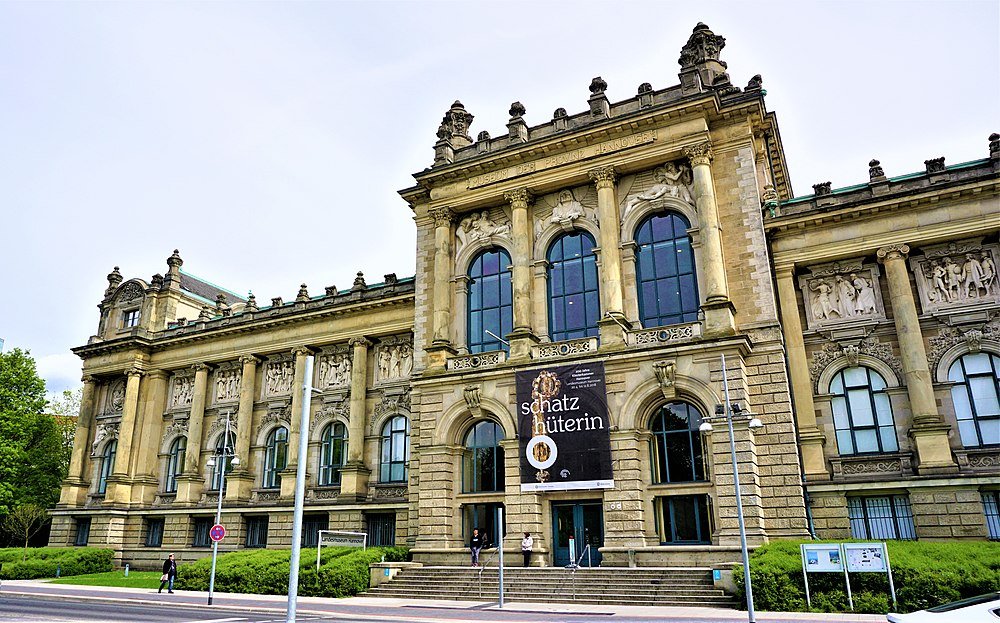
This museum exhibits fine arts, archaeology, natural history, and ethnology in four very diverse departments, so you could say it has something for everyone. Albrecht Dürer, Rubens, and Rembrandt are among the artists whose works are shown in the Renaissance and Baroque galleries. There is also a fine collection of 19th-century works by Romantics like Caspar David Friedrich and Impressionists like Max Liebermann. Don’t skip the other sections, where you can find Bronze Age jewellery and mummified human remains from the moorlands of Lower Saxony in archaeology. In the natural history section, there are dinosaur models and an aquarium, while in the ethnology section, there are almost 20,000 traditional works of art that have been gathered from Oceania, Africa, America, and Asia.
Wilhelm Busch Museum
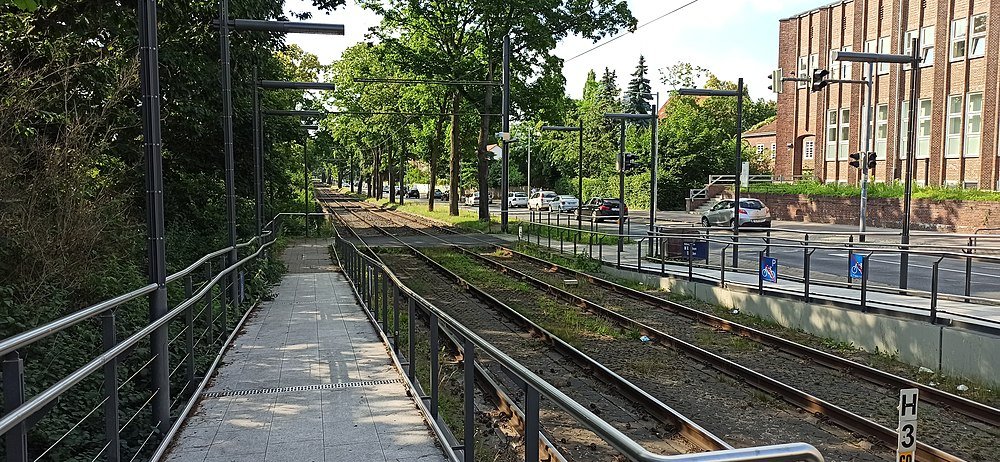
The world’s biggest collection of works by renowned 19th-century humorist and illustrator Wilhelm Busch is housed in the Georgenpalais. You can look at his humorous illustrated story, Max and Moritz, as well as paintings, drawings, and original manuscripts. Additionally, the museum has amassed tens of thousands of pieces by artists from the same time period or who held the same irrational worldview as Busch. Around 700 historical caricatures of Napoleon are included, as well as English satirists such as William Hogarth and George Cruickshank, Francisco Goya, J. J. Grandville, and Walter Trier. Exhibitions of modern satirical cartoonists like Steve Bell, Jean-Jacques Sempé, and Tomi Ungerer are also available.
Sprengel Museum
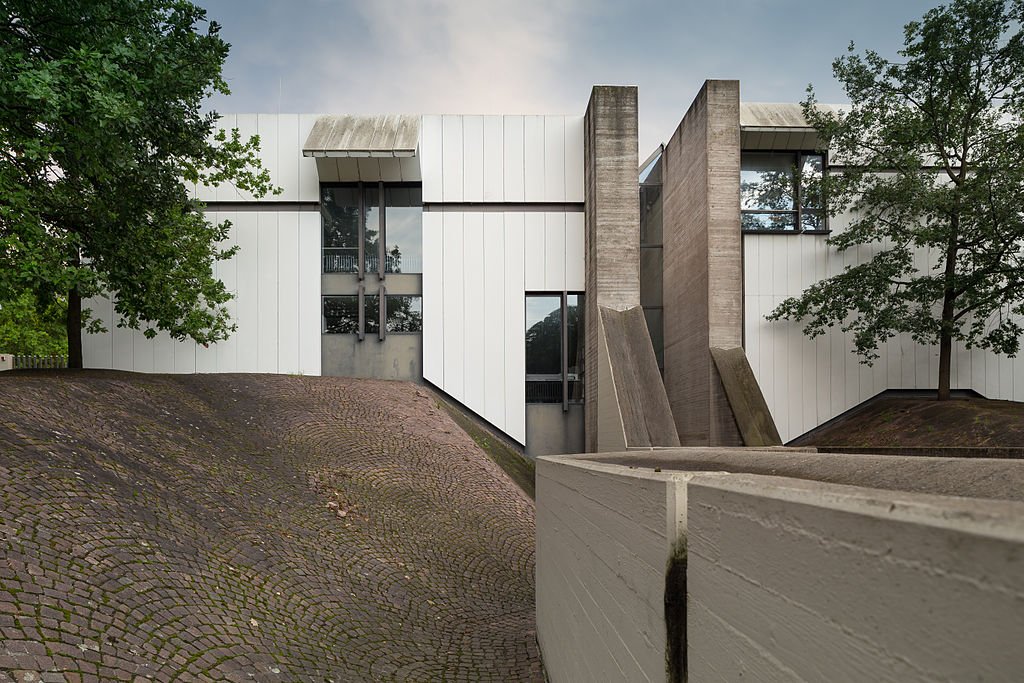
The Sprengel Museum is a must-see cultural site since it features a who’s who of German modern art. The museum was established ten years after Bernhard Sprengel, a chocolate producer, gave the city his collection of modern art. It now stands as a top-tier survey of 20th-century art thanks to Lower Saxony’s own art holdings and later private gifts. Included are works by Picasso, Paul Klee, Max Ernst, Max Beckmann, Emil Nolde, and Fernand Léger, among other Expressionist artists, as well as both groups, Die Brücke and Der Blaue Reiter. The works of Alexander Calder, Andy Warhol, and Capitalist Realist artists like Gerhard Richter and Sigmar Polke are among the artists whose work can be found in the museum, which also tracks the key trends in art that emerged after 1945.
Georgengarten
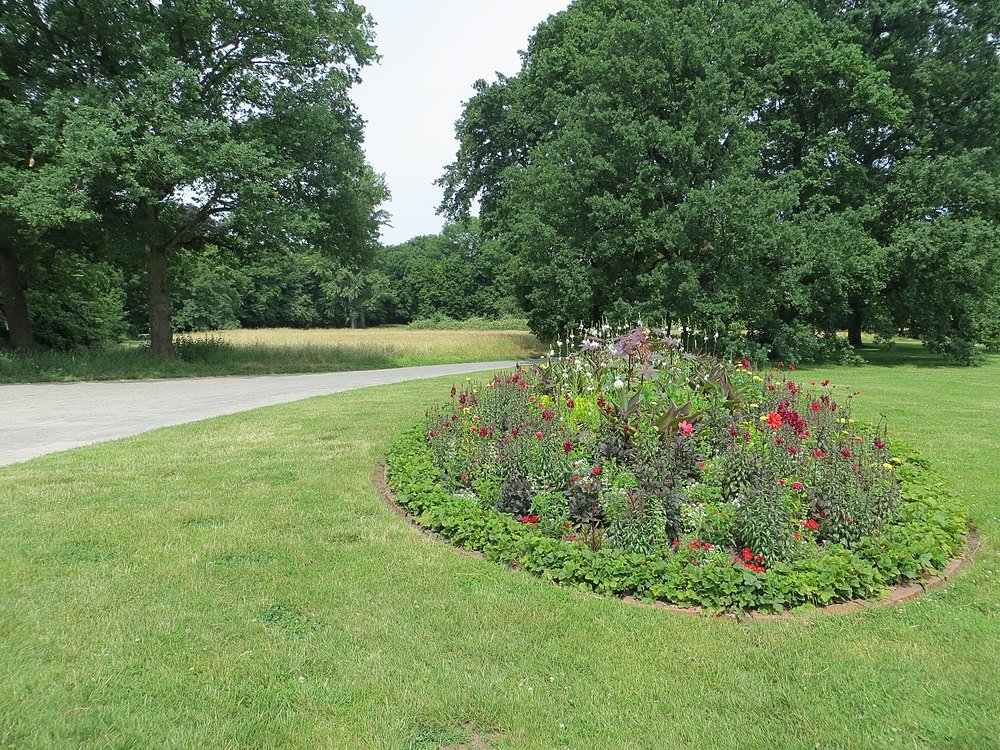
King George III purchased property to the east of the Great Garden in the 1810s. The park was renamed Georgengarten, and the property’s name was changed from Wallmodenschloss to Georgenpalais. The English-style gardens are on a long, narrow plot and feature wandering lawns and stands of old trees. The Herrenhäuser Allee is a grand, two-kilometre road lined with lime trees that runs straight through the park from beginning to finish. Try to locate the temple built to honour the scholar Gottfried Wilhelm Leibniz. This was moved from Hanover’s parade grounds, which are now Waterlooplatz, to Georgengarten around the end of the 1780s. We’ll talk more about the Wilhelm Busch museum, which is currently housed in the lovely Georgenpalais.
Aegidienkirche
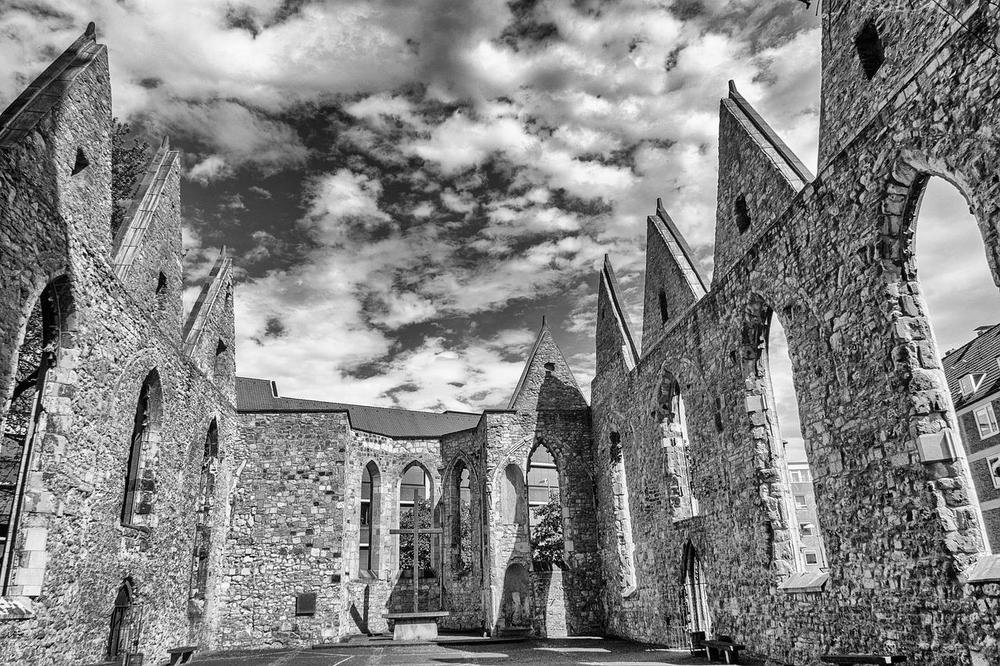
The oldest church in Hanover’s old town dates back to 1163, but during the war, it was bombed. As a memorial to those who have lost their lives in conflict and violence, the nave and chancel have been left in their damaged, roofless state. While the tower, which is still entirely intact, received a Baroque facade at the beginning of the 18th century, the existing layout dates to the 14th century and is in the Gothic style. A ceremony is held in the church on the sixth of August, and the bell tolls every hour until 18:00. It is a peace bell that Hanover’s sister city, Hiroshima, contributed to.
Berggarten
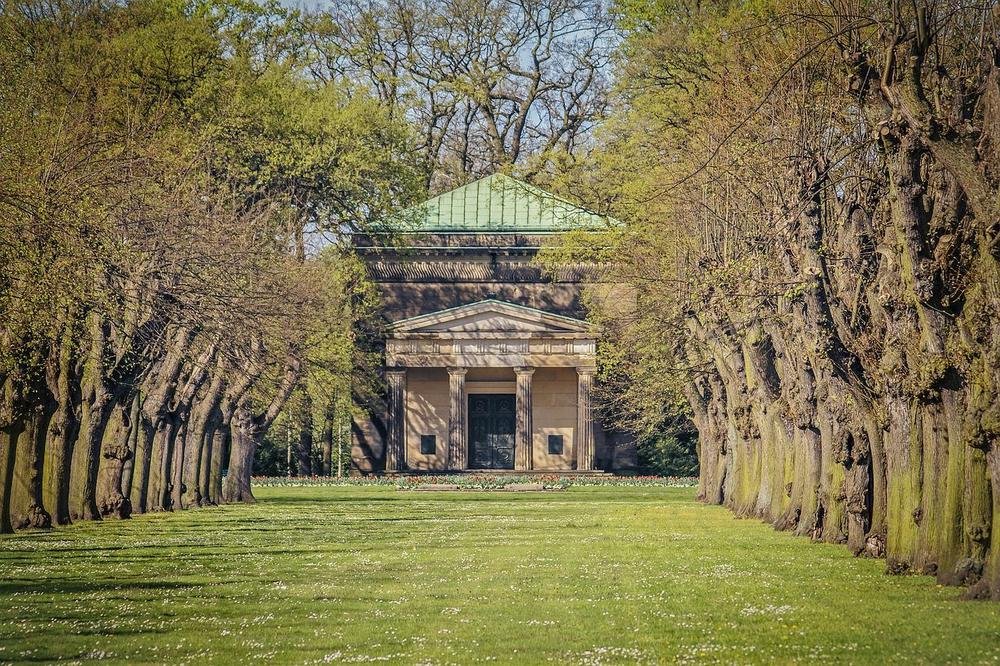
The Berggarten (Mountain Garden), another of the Herrenhäuser Gardens, merits its own listing. The Berggarten was originally intended to serve as the palace’s herb and culinary garden, but Electress Sophia chose it as a location to cultivate exotic plants. A historic greenhouse that supported crops like tobacco and mulberry trees was constructed in the park around 1686. Today, the park is home to 20,000 plants of 3,000 different kinds, making it one of the world’s top botanical gardens. There are four greenhouses for tropical plants, cacti, and the subtropical flora of the Canary Islands. The Orchid House, however, which contains Europe’s largest orchid collection—up to 800 plants from 300 species—blooming amid lush tropical foliage—is the primary attraction.
Luftfahrtmuseum Hanover-Laatzen
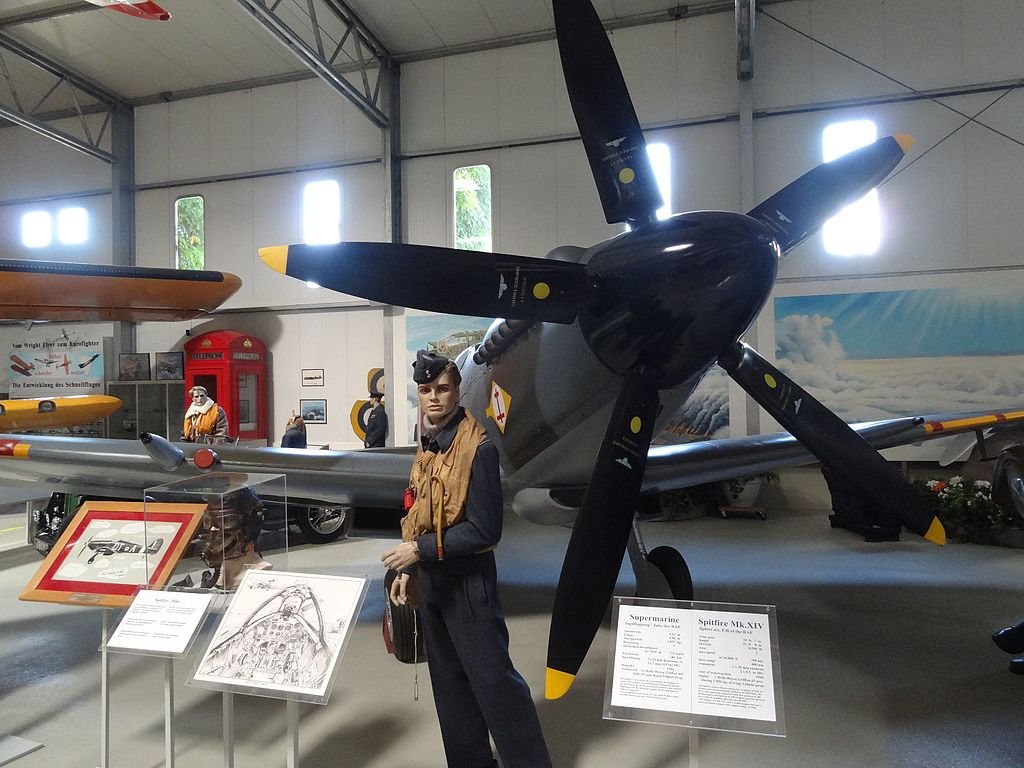
A fascinating tiny aircraft history museum may be found in Laatzen, which lies south of Hanover, and is only accessible by U-Bahn. It is based on the collection of collector and businessman Günter Leonhardt, who even went so far as to recover a number of Junkers Ju 52s from the bottom of a Norwegian lake in the Arctic Circle. The museum has over 700 models, 30 piston and jet engines, and 36 aircraft in total. An intact Junkers Jumo 004 turbojet engine, a Focke-Wulf Fw 190, a Spitfire, a Messerschmitt Bf 109, and a walk-through part of a Ju 52 are some of the more uncommon items on display. Additionally, a Lockheed F-104 Starfighter and a MiG-15 are from the post-war era.
Old Town Hall (Altes Rathaus)

Hanover’s oldest secular structure, the Old Town Hall, was first constructed on Marktplatz at the beginning of the 15th century. This monument is the southernmost specimen of the Northern German Brick Gothic architectural style and is easily recognised by its intricate gables. While the west side, on Köbelinger Straße, where the Town Hall’s pharmacy had stood, was updated with a Neo-Romanesque design in the 19th century, the oldest section is on the east side, on Schmiedestraße. The Schmiedestraße facade features coats of arms, pictures of Electors and princes, and a representation of the traditional game of “Luderziehen,” which is similar to tug-of-war but is played with linked fingers rather than a rope.
Herrenhäuser Gardens
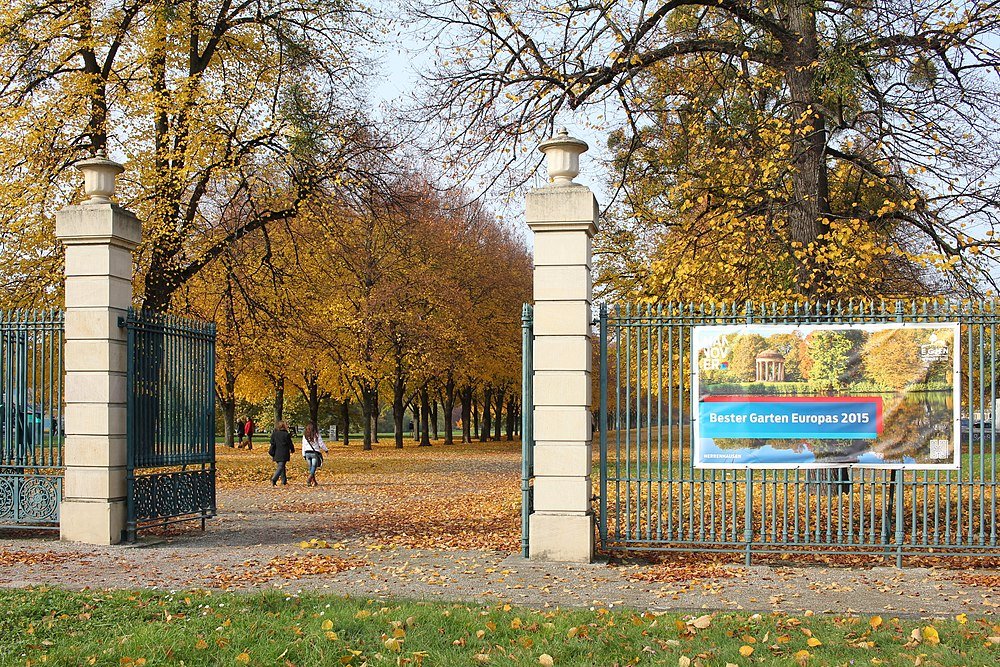
A series of gardens from the time of the Imperial Electors and Kings of Hanover is Hannover’s pride. The Great Garden, designed in the 17th century by Electress Sophia of Hanover in the Baroque French style, is the pièce de résistance. The 50-hectare park is enhanced with statues, fountains, a box-hedge maze, an orangery, and delicate broderies and is fronted by a palace. In addition to staging plays and musical performances in the summer, Sophia’s Garden Theatre also serves as a magnificent setting for classical concerts. The palace was nearly destroyed during the war and has just recently been rebuilt. Three exhibition spaces for the Hanover Historical Museum have been housed there since 2013; they describe the layout of the gardens and notable historical figures from Hanover, such as Wilhelm Leibniz.
Marktkirche
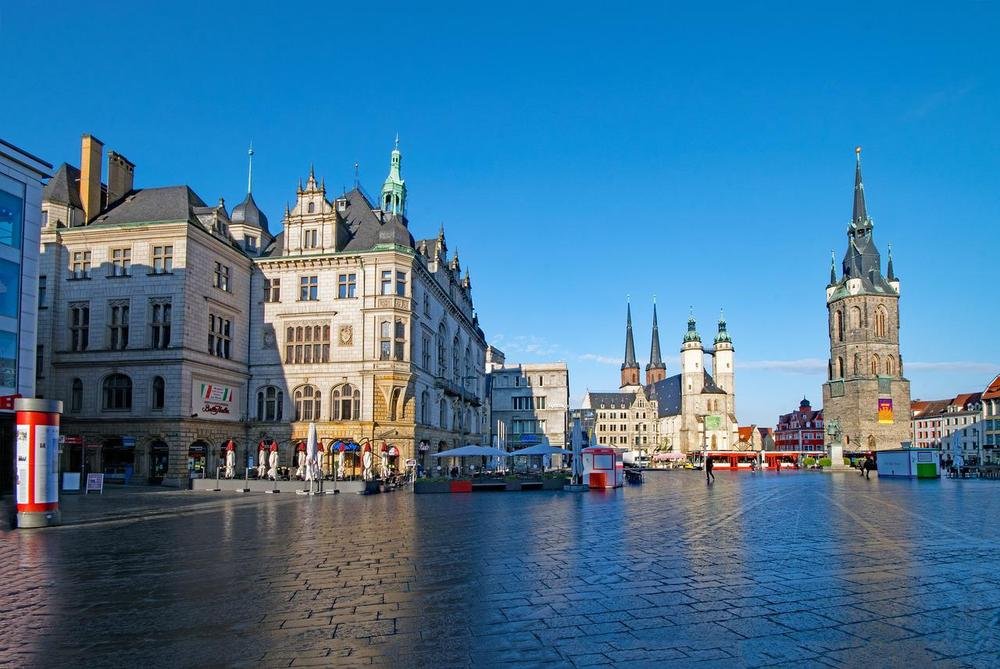
Without the Marktkirche at the Altstadt’s centre, Hanover’s silhouette wouldn’t be the same. The tower’s four pointed gables serve as its identifying characteristic. The tower, according to legend, was intended to be taller, but in the 1360s, when money was scarce due to the Black Death, a steeple was simply added to the structure that had already been built. Despite being bombed during the Second World War, much of the church’s artwork is still in place. The chancel’s three eastern stained-glass windows, which date back to 1370, must be given time to be seen, as must the 1480 winged high altar, which features carved panels depicting scenes from the Passion and is covered in gold leaf.
Historisches Museum
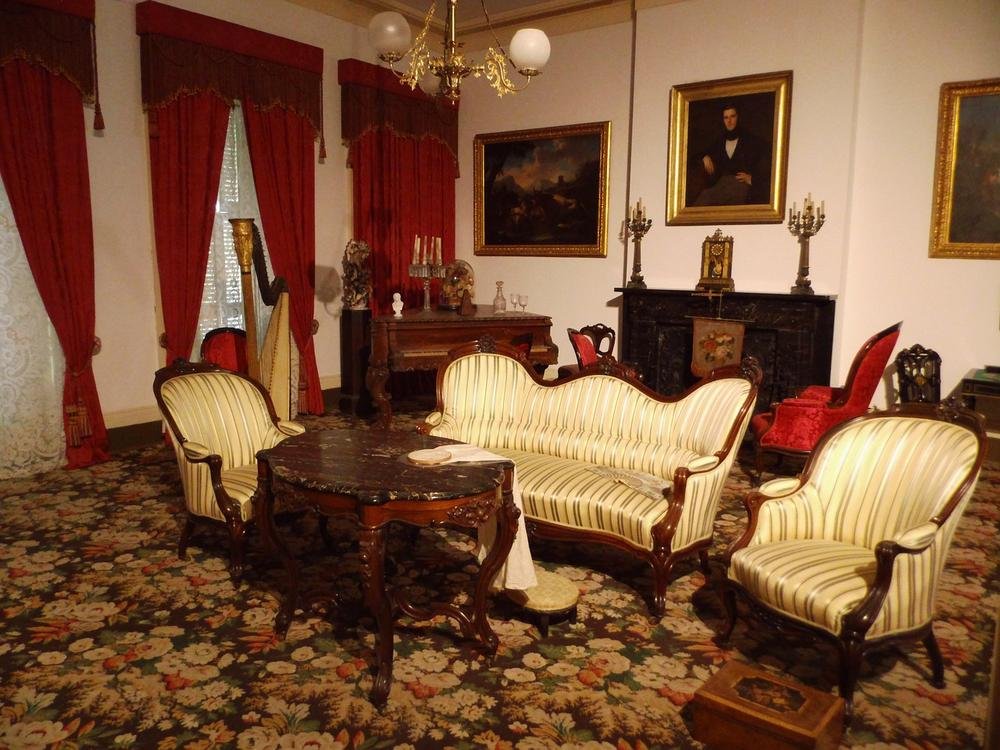
“Am Hohen Ufer,” a Leine River embankment on the west side of the Altstadt, is where Hanover’s history museum is located. On the route from Bremen to Hildesheim, this is the spot where Hanover was established. The Beginenturm, the only completely intact city tower, and the remains of the ducal armoury from the 17th century have been incorporated into the museum. You will learn about the tumultuous history of Hanover at the museum, which will take you from the Middle Ages and the Welf Duchy to the Principality of Calenburg and the regal House of Hanover. You’ll learn how Lower Saxony’s rural life transformed from the 1600s to the 1900s, as well as how Hanover changed over 750 years from a medieval market town to an urban hub.
Eilenriede
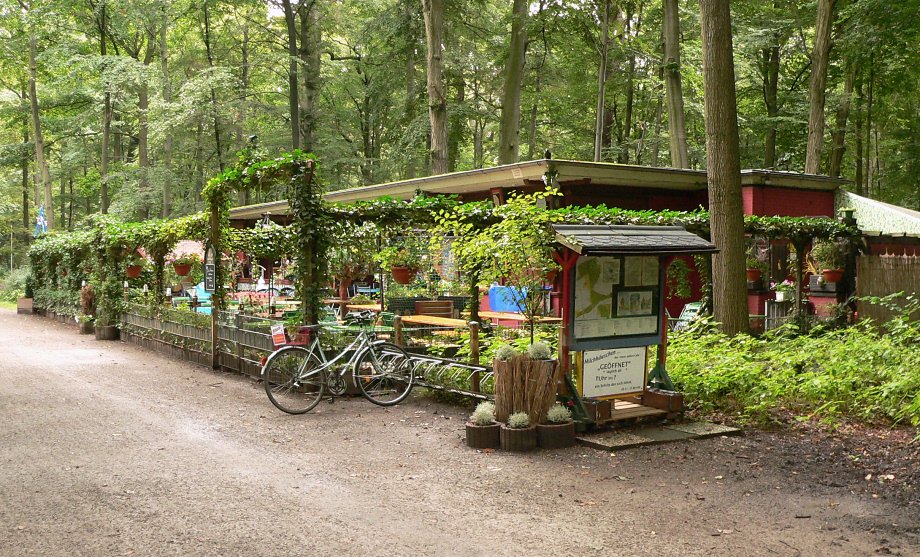
The Eilenriede is a city forest nearly in the middle of Hanover that is twice the size of New York’s Central Park. The Hauptbahnhof can be reached by foot in around ten minutes from the western entrance. It is one of the largest connected city forests in all of Europe, with expansive tracts of oak and beech woodland dotted with lawns, water features, and play areas. Before it was made public in the 19th century, the park was a managed forest that had been providing timber for 600 years. There are a few eateries in the park as well as signs with information about the deer, hares, bats, and martens that live there.
Maschsee
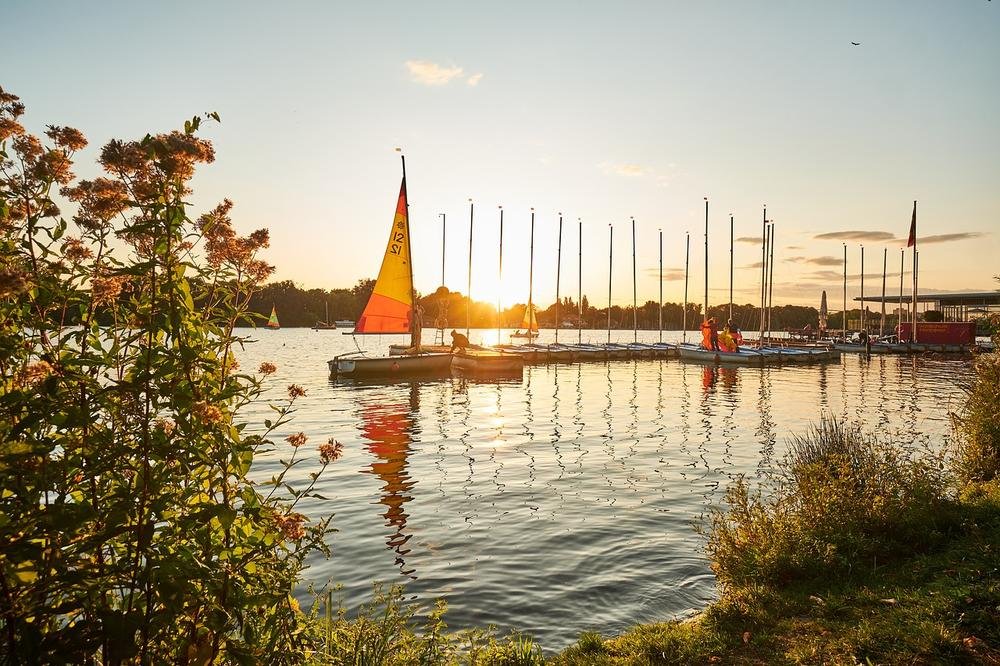
The Great Depression led to the creation of the 78-hectare artificial lake close to New Town Hall. Hanover had a history of springtime flooding, so in an effort to reduce both flooding and the widespread unemployment of the time, the city started construction on a lake in the River Leine floodplain in 1934. The lake needs to be refilled by a pump station and a network of ponds on the south bank every day because it loses up to a centimetre of water from its level every day. For people like you and me, though, Maschsee is for summertime water activities and strolls down the verdant shoreline, which is peppered with public artwork by Alexander Calder, Georg Kolbe, and Arno Breker.
Leibnizhaus
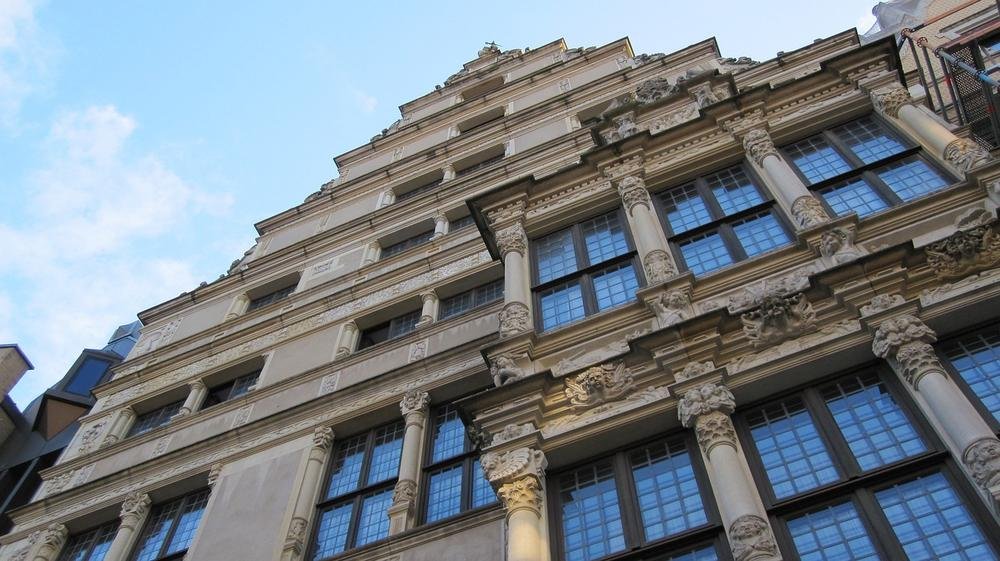
Gottfried Wilhelm Leibniz was a philosopher, mathematician, diplomat, and historian who lived in Hanover for 40 years before passing away here in 1716. Actually, it wasn’t this identical structure because the Leibnizhaus itself was destroyed during the war. What we see right now is a 1980s rebuild that moved the old facade and used it as a base. On that facade, the reliefs around the mullioned windows are beautiful enough to photograph. The inside is utilised for events, but there is also a gallery where certain memorabilia from Leibniz’s life are shown. His Rechenmaschine (adding machine), which is built on Pascal’s calculator and makes use of the binary number system, the foundation of all contemporary computers, is the most fascinating.




